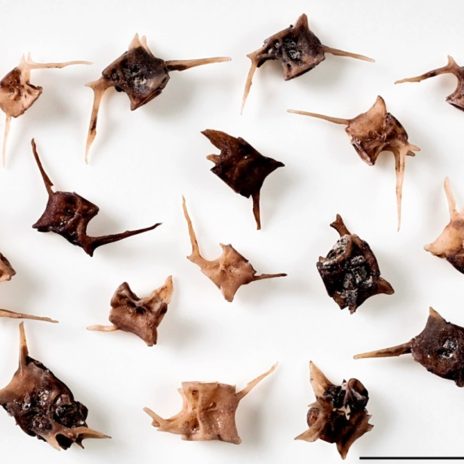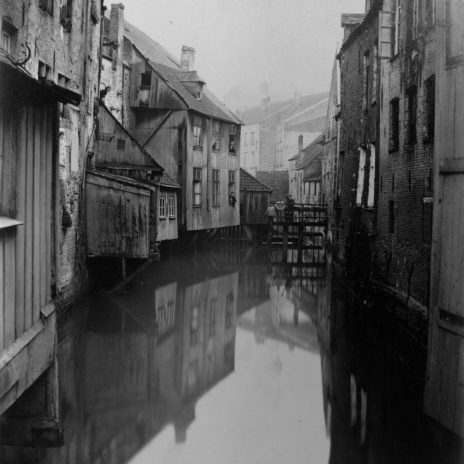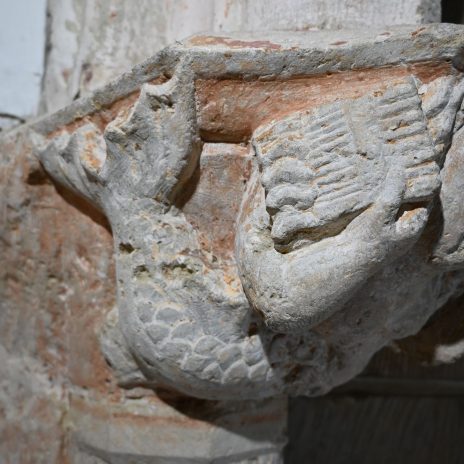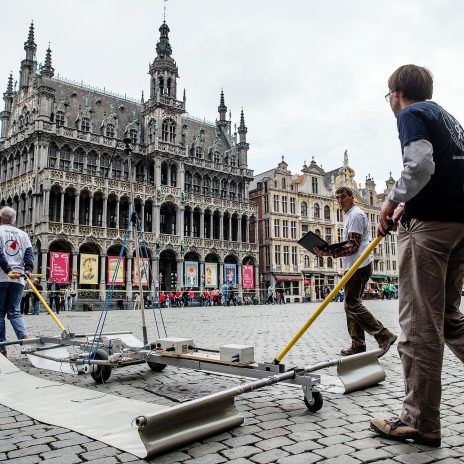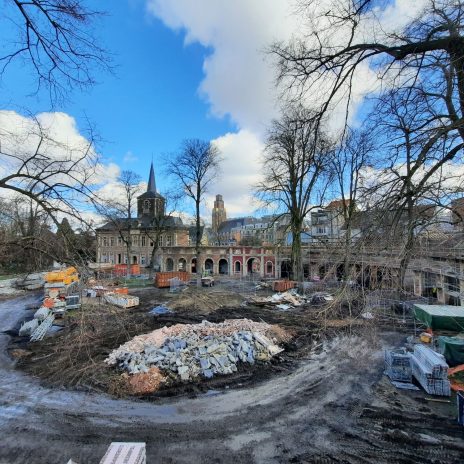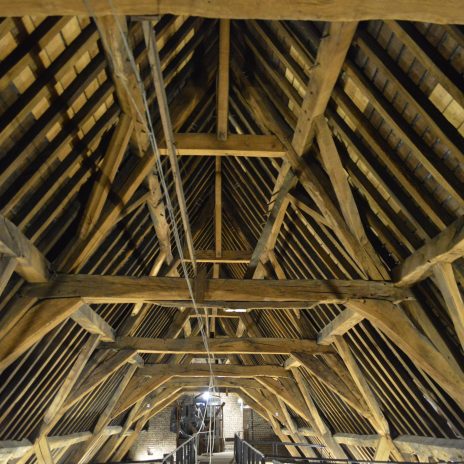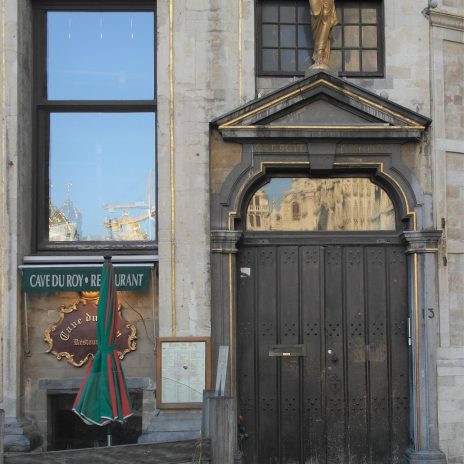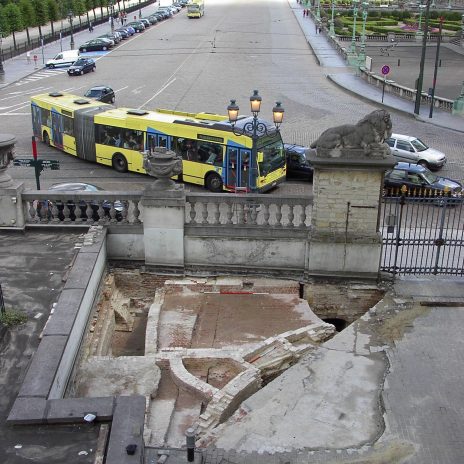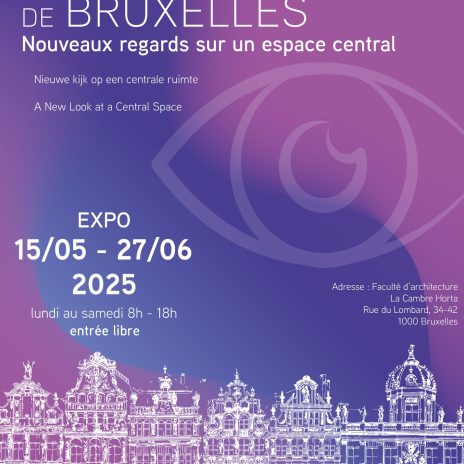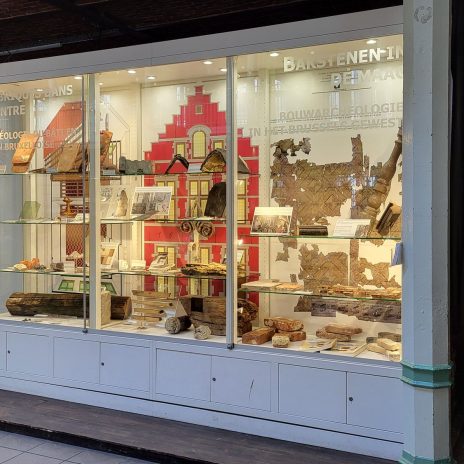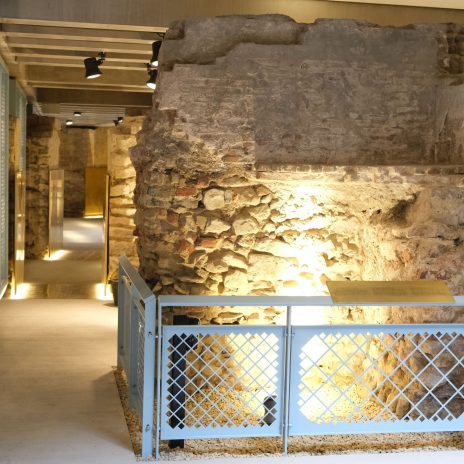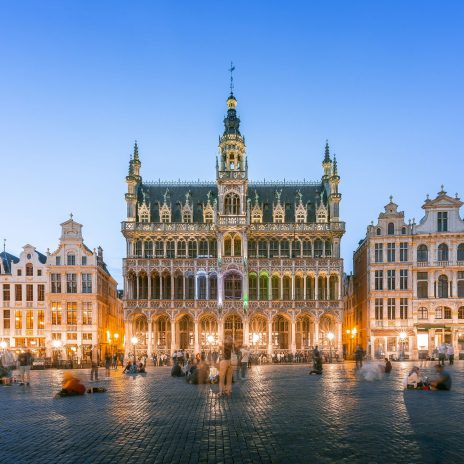Guided walk alongside some of the facades of the Unesco Grand-Place district
rue des Éperonniers - Spoormakersstraat 61, 1000 Brussels
This walk around the Grand-Place - a UNESCO World Heritage Site since 1998 - is an opportunity to immerse yourself in the history of the destruction of the district after the bombardment in 1695 by…
This walk around the Grand-Place - a UNESCO World Heritage Site since 1998 - is an opportunity to immerse yourself in the history of the destruction of the district after the bombardment in 1695 by the troops of the French king Louis XIV. The reconstruction that followed is remarkable in more ways than one: for its speed, its architectural unity in the Baroque style, and the types of building materials used (reused, local, imported). The…
This walk around the Grand-Place - a UNESCO World Heritage Site since 1998 - is an opportunity to immerse yourself in the history of the destruction of the district after the bombardment in 1695 by the troops of the French king Louis XIV. The reconstruction that followed is remarkable in more ways than one: for its speed, its architectural unity in the Baroque style, and the types of building materials used (reused, local, imported). The tour includes a series of stops in front of some of the houses studied by archaeologists. This research provides an insight into the wealth of architectural solutions adopted by homeowners at the end of the 17th century to rebuild their homes behind an often imposing…


